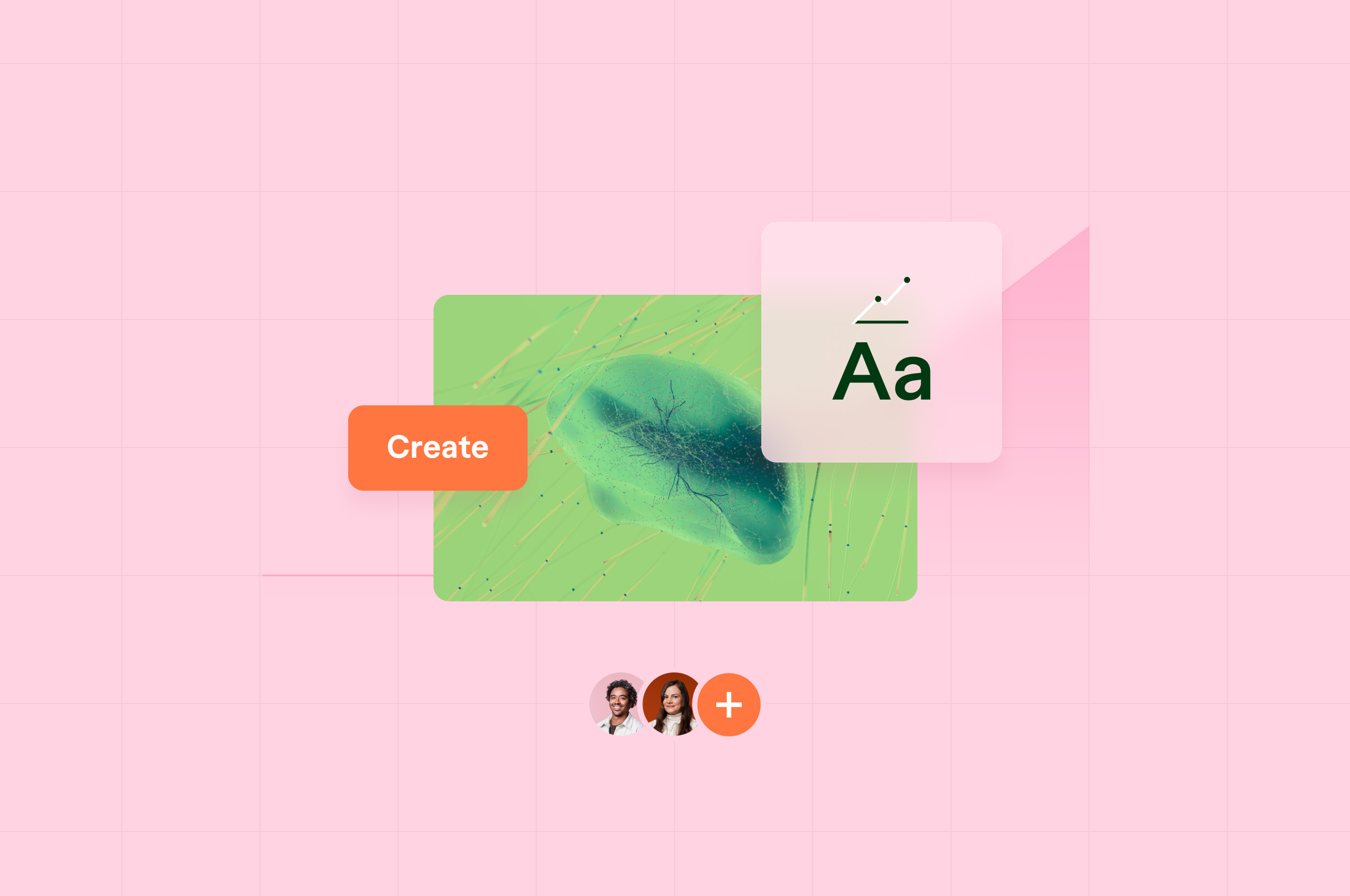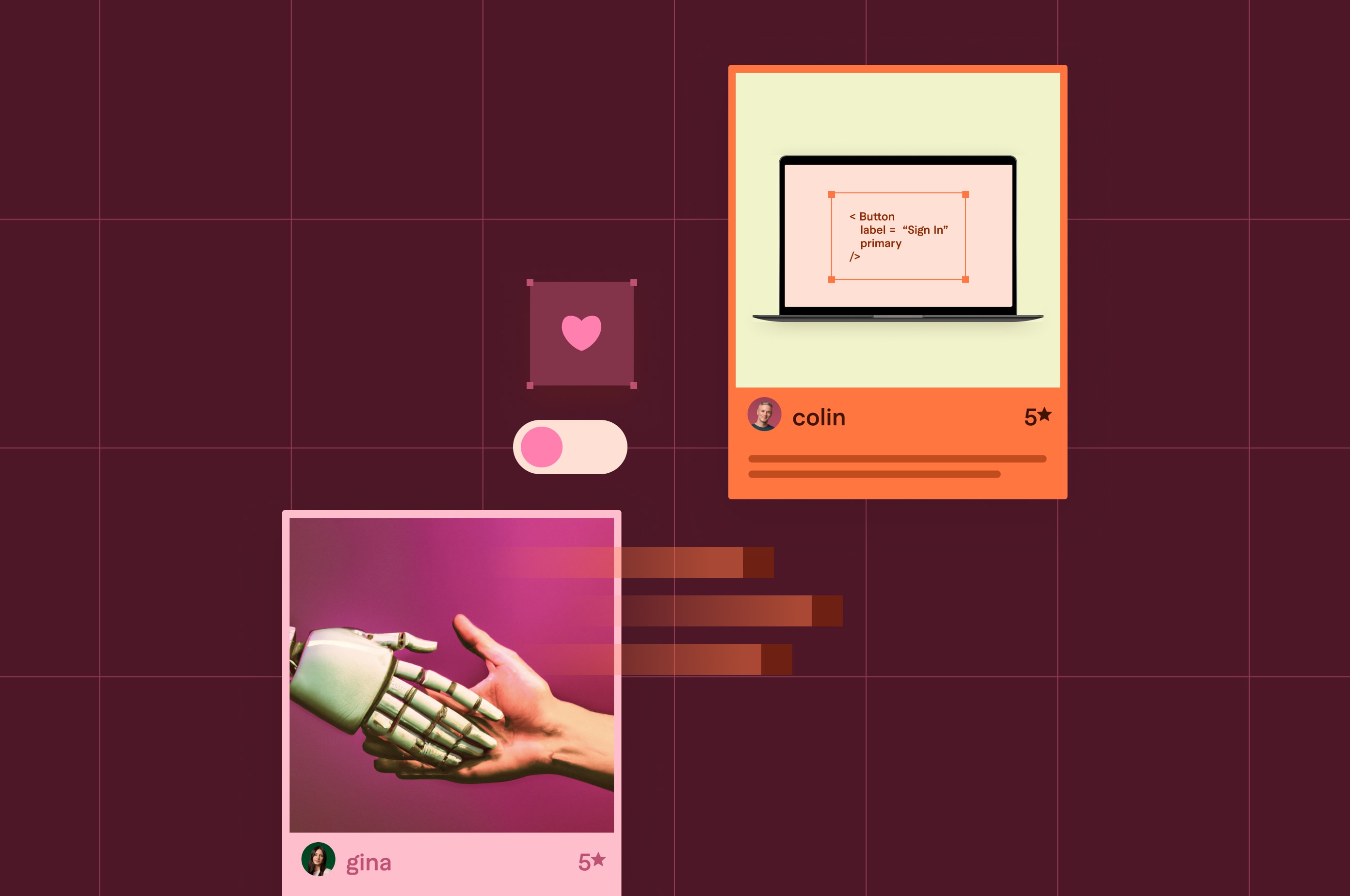AI in Education: Ethics, Rules, Tools, & Tips
AI’s popularity is sending waves through the education sector. Learn how to properly implement new technologies while keeping ethical concerns in mind.
 February 29, 2024
February 29, 2024 9 minute reading
9 minute reading
Artificial intelligence (AI) is revolutionizing how our world works—for better and for worse. It’s now become a prevalent force in the education system, so it’s crucial to understand the ethical concerns and legislation associated with AI-based technologies.
When leveraged properly, the potential of AI is far-reaching and can benefit students and teachers.
In this guide, we’ll explore the ethics and rules of AI in education, and offer some tips on how to implement new technologies.
How is AI being used in education?
Almost no industry is free of AI’s influence or impact. Whether it be in a high school classroom or a higher education setting, AI is redefining the way we conduct teaching and learning.
Here are four of the most popular ways AI is used in education:
Flag cheating. AI technology can reduce cheating and plagiarism by detecting anomalies in submitted work, or searching for similar content across multiple sources online.
Evaluate applications. Universities or professional organizations can use AI to evaluate applications for admission or employment opportunities.
Assist with language learning. AI-basedchatbots can soon help students learn English—or other languages—by providing conversational practice with an artificial interlocutor that responds realistically like a human would during a conversation.
Identify behavioral patterns. Teachers can identify learners who are at risk of falling behind and provide targeted interventions much earlier.
“Our platform, Traverse, partnered with Mandarin Blueprint for the integration of AI flashcards with Mandarin learning,” says Dominic Zijlstra, founder of edtech startup Traverse. “This resulted in a structured and effective learning experience for students. This also demonstrated the model's adaptability to different subject matter, making it a valuable asset for diverse educational needs.”
Find an expert chatbot developer on Fiverr
Risks of using AI in education
The impact of AI can be positive, but only when educators are aware of the risks. AI algorithms and data sets are becoming more sophisticated, so we must ensure they don’t lead to biased or unfair decisions.
Schools and universities must also take into account the inclusion of all students when using AI—including those with disabilities and without access to certain technologies at home.
Breach of student data
It’s important for schools to have policies that outline exactly how student data should be used and who has access to it. An AI model is only useful if it’s trained on relevant data, but what happens if that data is compromised?
The usage of AI comes with the potential for misuse or breach of student data. An example of this is when a proctoring service, ProctorU, was hacked. The database that contained students' personal information was leaked, revealing private information concerning roughly 440,000 students.
To protect student data from potential malicious actors, schools should take the necessary steps to design their data systems with security protections in place, such as encryption and authentication.
Plagiarism
AI can detect plagiarism in assignments and essays, but students can still leverage AI to cheat—such as turning in essays written via generative AI. While AI algorithms work to reduce cheating in classrooms, it can take away students’ creativity if they feel like an algorithm is constantly monitoring their work.
To help, teachers can explain to students why plagiarism detection systems are necessary and provide guidance on properly citing sources in essays and research papers.
It’s also important for students to be aware that the AI technology they’re using might be giving them incorrect outputs. Many of these algorithms are trained off other individuals' work—who receive no credit—making plagiarism a rising concern.
Biased algorithms
Since popular AI models scrape their information from the internet, they might not be an accurate representation of the diversity found in the classroom. The danger of these potential biases is that they're hidden. While algorithms should be as impartial as possible, they may be learning from data sources that are inherently and historically biased.
Educators need to be aware of these biases to prevent further inequities. For example, the University of Texas at Austin’s computer science department was using a machine-learning system called GRADE to help automate decisions regarding admission to the PHD program. The program was trained on past admissions, and it was criticized for failing to equally consider students from diverse backgrounds.
Dependence on AI
If AI becomes the norm in classrooms, it may impact students’ learning. Students that constantly turn to AI to find solutions may find themselves lacking critical thinking and problem-solving skills later on.
Similarly, teachers that rely on AI to customize their lesson plans, assist with grading, and better understand students could become over-reliant. While AI excels in some areas, the learning environment still requires a human touch. AI should never completely take over the work of educators and researchers.
This may also cause students who don’t have a computer easily accessible at home to fall behind. Not only will they not be using the same advantageous tools and technologies as their peers, but their understanding of AI will be at a disadvantage.
Benefits of AI in education
Those working in the education realm need to be aware of the different ethical concerns related to AI. With those considerations in mind, teachers and school administrators can leverage AI for a variety of beneficial purposes.
Personalized learning
Teachers no longer have to struggle to customize lesson plans for each student. While this method of learning is beneficial, it’s extremely impractical in the education sector when teachers are in charge of so many students.
AI can help create customizedlearning experiences for each student, based on their individual strengths and weaknesses. It can vary student learning speed and adjust educational methods depending on the student’s preferred learning style.
AI-driven chatbots can also provide personalized, one-on-one tutoring in real-time. Teachers can't always be as hands-on, and AI can step in to supplement this valuable experience.
“After witnessing improvements in retention and progress, the tangible benefits of AI-supported learning were realized,” says Zijlstra. “I foresee AI technology evolving to account for more intricate learning patterns and pedagogical requirements. This will lead to education being even more personalized and effective.”
Automation of administrative tasks
AI can automate mundane tasks like grading or attendance tracking. Teachers then have more time to devote to one-on-one instruction with their students or focus on developing new curriculum materials. Automation also increases accuracy by eliminating human error from the equation.
Outside of the classroom, AI can help schools organize bus or class schedules by analyzing large sets of data. It can also help administrators write copy for parent newsletters and other community events.
Teachers can also benefit from using AI to create worksheets and design lesson plans. Generative AI tools can automate time-consuming tasks for various industries, and education is no exception.
Improved assessment of students
Accuracy is one of AI’s strong suites, which makes it a great form of educational technology for grading. AI can assess student performance more accurately and quickly, using data analytics and machine learning.
Algorithms can also identify specific areas where students are falling behind and provide recommendations to help them catch up. Students can learn and improve better since AI gives students feedback quicker than teachers can.
AI notices patterns and helps teachers learn more about their students, allowing them to better understand their behavioral habits and preferred methods of learning.
Tips for integrating AI systems into the education system
Get a feel for the different types of AI systems available and determine which one is best suited for your goals and objectives. It's also necessary to ensure compliance with all applicable laws and regulations related to large language models. Follow these four tips to properly integrate AI systems into your classroom.
1. Be aware of ethical concerns
IntegratingAI technologies into your education system calls for a thoughtful exploration of ethical concerns. Some of the main concerns around AI are:
Doesn’t account for learning. When students use chatbots like ChatGPT, the models are programmed to provide fast responses. They aren’t suited for further learning and exploring key topics—meaning that students who turn to these technologies for answers aren’t getting much explanation.
Plagiarism. AI makes cheating in the classroom much easier. It also pulls from sources without giving proper credit or citations.
Discrimination. If algorithms and models aren’t properly trained, there’s a chance that AI’s use in the classroom could lead to biases. This may result in problems similar to the racial biases discovered in facial recognition software.
Inequities. Already, ChatGPT is behind a paywall. In the future, many AI programs may also have paid versions and be inaccessible financially to some families.
Incorrect responses. If students are completely trusting everything an AI chatbot tells them, we’re in trouble. These systems can have hallucinations—an instance where a large language model gives an answer that is incorrect or made up.
Once made aware of these ethical concerns, promote digital literacy. Encourage students, and fellow educators, to avoid cheating and be aware of any biases found in answers generated from AI. If you’re allowing students to take advantage of AI, make sure everyone has equal access.

Chart representing the accuracy of face recognition technologies for Microsoft, Face++, IBM, Amazon, and Kairos. Harvard
2. Follow rules and laws around AI
Since the widespread use of AI is relatively new, there aren’t many laws and safeguards to deal with the topic. Less than 10% of schools have formal guidance around the use of AI. Policymakers are under pressure to keep up with the rise of AI.
The UN Educational, Scientific, and Cultural Organization (UNESCO) is calling for a global standard regarding how AI is used in education and research. Part of this guidance is the recommendation that students under the age of 13 shouldn’t have access to generative AI technologies.
Even if there aren’t any regulations in place where you’re teaching, it’s best to turn to formal guidance for the time being. It's important to have a plan before using AI to avoid succumbing to one of the potential ethical concerns listed above. You may want to consider who can access the data it uses, and the potential consequences of its decisions.
3. Use popular AI tools and technologies
Aside from OpenAI’s well-known chatbot, ChatGPT, there exist a plethora of AI tools and technologies that educators and students can take advantage of.
Khan Academy, an American non-profit educational organization, provides teachers with the most up-to-date information on best practices around using generative artificial intelligence technology in the classroom. Being knowledgeable about AI’s use in the classroom is vital for educators’ professional development around AI literacy.
Other platforms like Varsity Tutors have introduced AI to help tutors generate lesson plans automatically and offer 24/7 customer support with an AI chatbot. Educators can experiment with platforms such as these to better their use of AI in the classroom.
Other popular AI tools and technologies include:
Synthesia AI
Stable Diffusion
Jasper
DALL-E
4. Introduce AI to the classroom with freelancers
Wading into the world of AI can be intimidating and complicated, which is why many individuals opt to work with AI experts who have extensive experience in the field. For example, you can level up your generative AI skills by taking lessons with specialist freelancers.
Join Fiverr to access a large marketplace of AI-skilled freelancers who can help you build AI chatbots or fine-tune your AI models.



